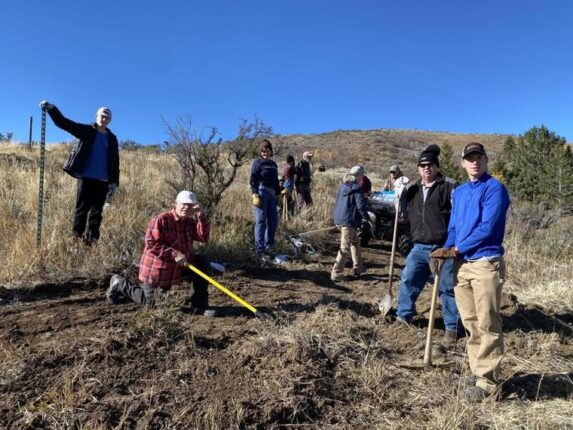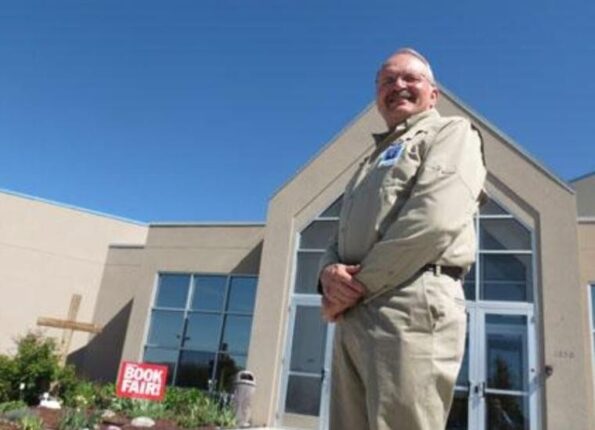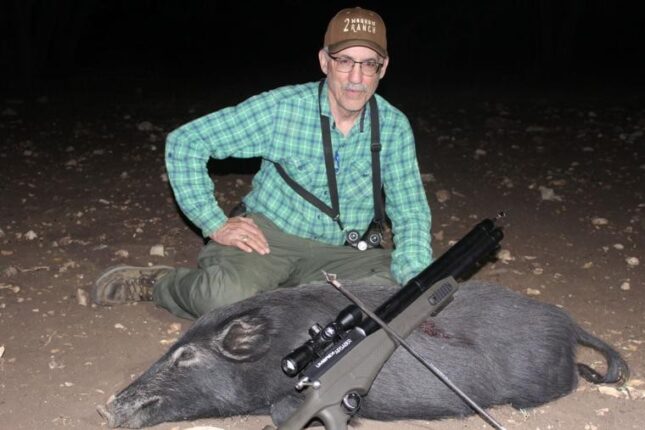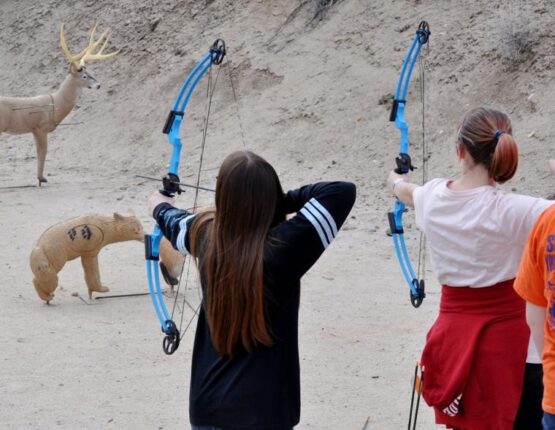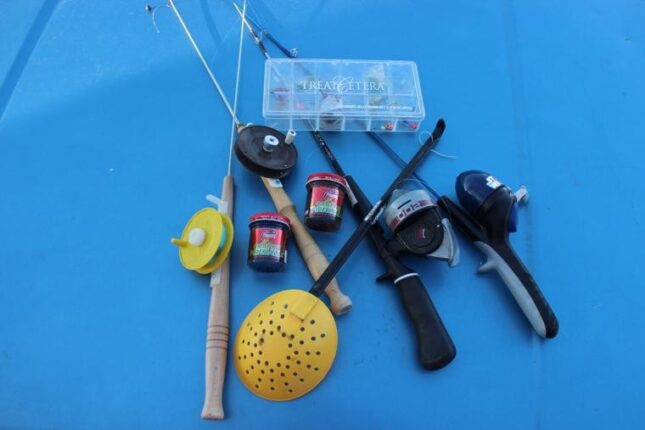Before proceeding any farther on my bicycle ride through an unfamiliar city, I called for backup.
“Hey, Julie, I’m at the corner of San Mateo Boulevard and Balloon Fiesta Parkway,” I said, “can you tell me how to get to the North Division bike path?”
I was on a meticulously planned route that was supposed to take me on a 26-mile bike ride loop through the heart of Albuquerque, near the Rio Grande, past the Balloon Fiesta Park and other cool features. After the first couple of turns, I was already off track. Things weren’t matching up. Fortunately, Julie could consult a more detailed map on the computer back at her parent’s home.
One of my all-time favorite comedians — Bugs Bunny — would famously repeat the line whenever he found himself off track and in an awkward situation, “Must have taken a wrong turn back at Albuquerque.”
I’ve repeated that line many times over the years since I married a girl from Albuquerque. During a recent visit to the New Mexican city (“world capital of the chili pepper”), I had the occasion to take a few wrong turns.
Because Albuquerque boasts 320 sunny days a year, I brought some of my outdoor toys with me, namely a bicycle and some rock climbing gear.
On this day, I did an online search of several recommended bike routes through the city, picked one and launched off into the unknown. I felt fairly confident because I had once ridden a bike from Kingman, Arizona to Albuquerque and to my in-laws’ house never once calling for backup, but I did have some excellent directions.
On my recent adventure, I’m thinking one of three possibilities occurred to lead me off track: 1) A few key details were missing on the online map I was following (such as roads with no signs, and different street names than expected); 2) One of the suggested bike routes through the city was posted as a joke to torture unsuspecting out-of-towners; and 3) I’m an easily confused idiot who can’t follow simple directions (of course we can eliminate this third possibility).
“Hey Julie,” I said, calling for the third time during my ride through the city, “I’m at the corner of Prospect Avenue and San Pedro Drive and Prospect dead-ends at a Dick’s Sporting Goods store. I was thinking of just going to the store and spending money, but I wouldn’t have room on my bike to carry home a new sleeping bag.”
Eventually, I found my way home after 29 miles of pedaling.
In case you think it’s just me “getting off track in Albuquerque,” later that day we followed my Albuquerque native sister-in-law to find a trailhead on the edge of town. Religiously following her Google directions, we found ourselves in a neighborhood of fancy homes and dirt roads. Finally, the road dead-ended at a driveway with a man sitting on a noisy tractor. My sister-in-law, phone in hand, rolled down her window and said, “This is where the directions told us to go.”
“Google is wrong,” the man said patiently, obviously having told other lost people the same story. He then told us how to find what we were looking for by using old-fashioned directions: Waving his arms, pointing with his fingers and telling us the correct streets to turn on.
“Someone needs to contact Google and get that straightened out,” he said.
A more successful Albuquerque outing occurred later. I poured over online information about nearby rock climbing crags and settled on one 15 minutes away. We drove to the area, hiked up to the granite-quartzite rock and picked out a couple bolted routes to try. I had no idea what the difficulty ratings were, but I wasn’t too worried because the routes ranged from 5.6 (easy) to 5.10 (moderate).
As we hiked back down to our car, we met two other local climbers preparing to hike up to the crag. They told us there were actually “better” crags just a little farther away near the next town.
“Where are they located?” I asked.
One climber used the tried and true methods of pointing with fingers and indicating “that mountain over there.” Then he said, “But you can just go online and probably find the directions.”
Who knows, maybe next time we’re in town, will give it another try.
Jerry Painter is a longtime East Idaho journalist and outdoorsman.
